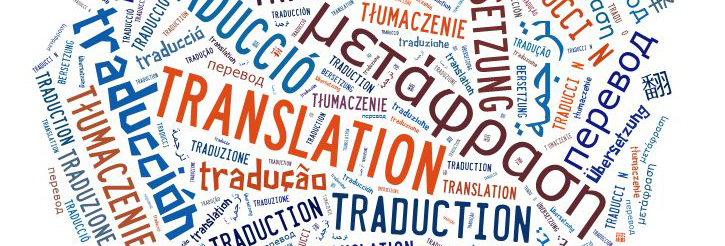Mahfouz grounds fate through free will within Said’s character centrally through flashbacks and reflections of his past which influence his decisions as the book progresses. Initially, we catch a glimpse of this through Said’s reflection of his father’s mysterious death and mother’s illness whereby she was rejected treatment at a luxurious hospital and eventually died as well, symbolizing economic injustice. This early orphanage and lack of social stability in Egypt exposed Said’s hamartia, which was expressed through Rauf Illwan’s charismatic, persuasive and father-like figure that caused Said to join the pathway of thievery and burglary, as seen in the text “there was a strange power in you that I found nowhere else, not even in Sheikh Ali Al Junaydi.”
Said Mahran’s fate is also influenced by the actions of secondary characters which justifies his chosen pathway towards revenge and expose his hamartia as a tragic hero. At the opening of the tale, one of the key moments which inflates Said’s rage upon his double-edged companions, who were the cause of his prison sentence, is his desire to see and retrieve his daughter Sana and after she rejects his welcoming, his rage and crave for vengeance progresses further. In addition to this, Said’s astonishment to seeing a change in Rauf Illwan’s personality from one who disliked the indolent rich, upper class to an individual who submersed into their customs and lifestyle drove greater distaste towards his darker character, being the central reason that his first attempted robbery was aimed at Rauf illwan’s dwelling. Furthermore, the revolutionary change in Egypt and Said’s lack of flexibility to turn around a new leaf and choose two offered pathways neglecting his previous acts, those of spirituality from the Sheikh and love from Nur, compelled his murderous acts, as he implemented free will to pick the road of revenge. As a result, this inclusion of secondary characters was the main justification of the two accidental crimes Said was involved in, whereby he killed two innocent beings in an attempt to dispose of Illish Sidra and Rauf Illwan. These attempts were the pinpoint portrayal of the shattered fate and destiny Said had experienced through his selected path, eventually leading to his downfall and death.
Overall, Mahfouz attempts to showcase the reader that fate can prove to be a major factor which can influence one’s happiness centrally through upbringing and the external environment as well as the company an individual is surrounded by.

